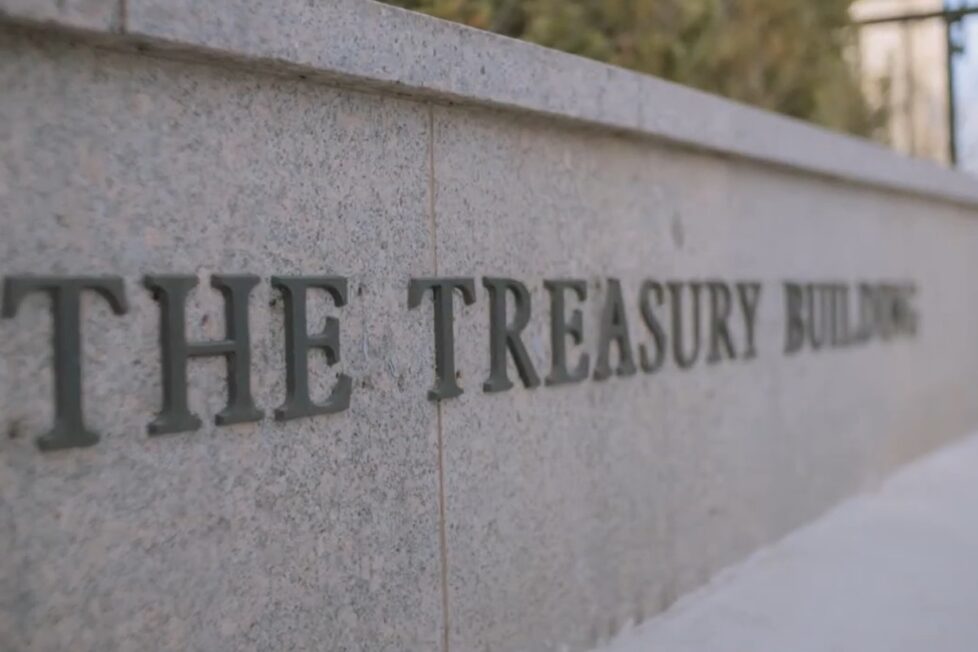Australia to Develop Sustainable Finance Taxonomy, Labels for ESG Investment Products

The Government of Australia’s Treasury department announced the release of its proposed Sustainable Finance Strategy, aimed at supporting the mobilization of private capital needed to finance the transition to a net zero economy, helping firms to access funding for their own transitions, and ensuring the management of risks and opportunities presented by climate change and other sustainability issues.
Key proposals in the new strategy include establishing a framework for sustainability-related financial disclosures and net zero transition plans, developing a sustainable finance taxonomy, and introducing a labelling system for sustainable investment products.
The new strategy, outlined in a consultation paper released by the Treasury, follows the government’s announcement in December 2022 that it will “pursue a coordinated and ambitious sustainable finance agenda,” with the paper outlining the immediate investment and reforms required to support the sustainable finance, and seeking feedback on its proposed reforms and priorities.
The paper adds that the strategy will begin with a focus on climate-related issues, due to the systemic nature of climate-related opportunities and risks, and then expand to other sustainability-related issues and frameworks over time.
The consultation paper identifies improving transparency on climate and sustainability as the “foundation” of the new sustainable finance strategy, in order to ensure “that markets have access to high-quality, credible and comparable information that will enable them to assess both the financial risks that climate change and other sustainability issues present to firms, and the impact of firms on the climate and environment.
One of the key priorities outlined to improve transparency is the introduction of a framework for sustainability-related financial disclosures. The government announced plans earlier this year to implement mandatory climate-related financial disclosure requirements for companies and financial institutions, with reporting requirements applying as soon as 2024 for large businesses, with smaller entities phased in over the following three years, and in October 2023 set out proposed standards for companies to report climate-related information, based on the recently released sustainability disclosure standards by the IFRS Foundation’s International Sustainability Standards Board (ISSB).
The paper includes plans for the development of a Sustainable Finance Taxonomy, or a set of criteria that can be used to evaluate the alignment or contribution of economic activities to climate and other sustainability objectives. This initiative would follow the establishment and ongoing development of similar taxonomy systems in jurisdictions including the EU and UK. Australia said that its taxonomy, which will support international alignment and interoperability with other taxonomies, will be developed initially by industry body the Australian Sustainable Finance Institute (ASFI), with oversight by the Council of Financial Regulators’ Climate Working Group.
Australia’s proposal for the development of labels for investment products marketed as sustainable comes as the market for sustainable investment products is expanding, but investors face challenges in understanding how these products are managed, or in identifying their sustainability characteristics, according to the paper, with a wide range of approaches emerging, including ‘ESGEnvironmental, social, and governance (ESG) criteria are a set of standards for a company’s operations that socially conscious investors use to screen potential investments. More integration,’ or ‘screening.’ In its proposed approach, the government said that it will legislate the creation of a labelling regime for investment products marketed as ‘sustainable’ or similar, with Treasury beginning its work on this initiative in 2024. The labelling regime would be primarily targeted at retail investors, and would also include requirements for investment product issuers to provide additional information on the products, including a description of how sustainability is incorporated into the investment process.
The strategy also included the development of corporate transition plan disclosure requirements for large companies and financial institutions.
Additional “pillars” of the government’s sustainable finance strategy included supporting regulators in their efforts to address the impacts of climate change on businesses and the financial system, with priorities including enhancing market supervision and enforcement, identifying and responding to potential systemic financial risks, addressing data and analytical challenges, and ensuring fit-for-purpose regulatory framework, and; initiatives for the government to take a leading role in supporting the development of sustainable finance markets, including issuing sovereign green bonds, catalyzing sustainable finance flows and market, promoting international alignment, and positioning the country as a global sustainability leader.
In a statement announcing the release of the strategy, Treasurer Jim Chalmers, said:
“The Strategy is all about mobilising the significant private capital required to achieve net zero, modernising our financial markets and maximising the economic opportunities associated with our energy, climate and sustainability goals.
“Australia’s financial system plays an integral role in aligning investment and economic growth with climate, environmentalEnvironmental criteria consider how a company performs as a steward of nature. More and socialSocial criteria examine how it manages relationships with employees, suppliers, customers, and the communities where it operates. More goals, including financing the transition to net zero.
“We want to ensure that markets have access to high quality, credible and comparable information when it comes to climate and sustainability so that investors and companies have the confidence, clarity and certainty they need, and they are better able to manage climate‑related risks.”
Click here to access the Sustainable Finance Strategy.